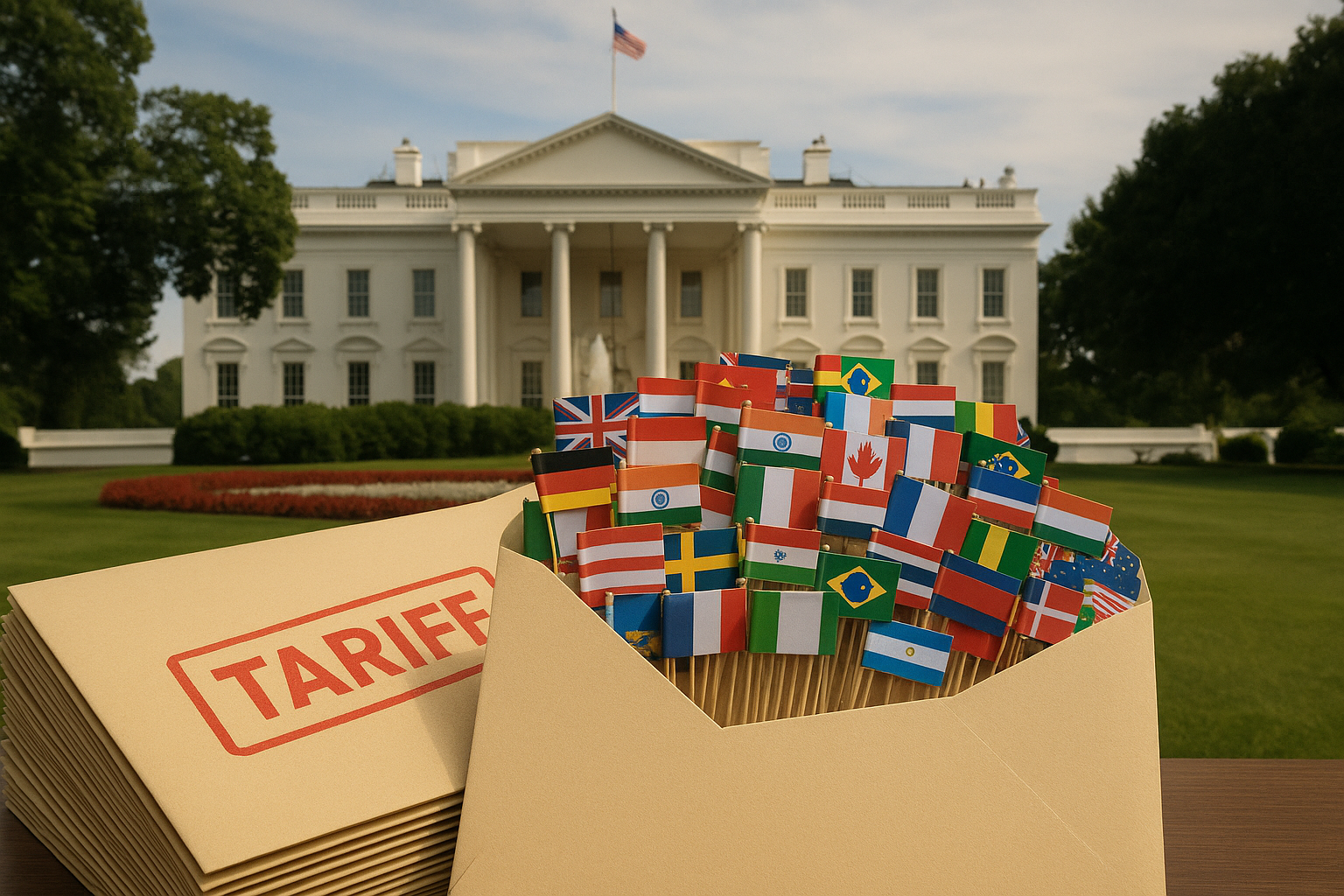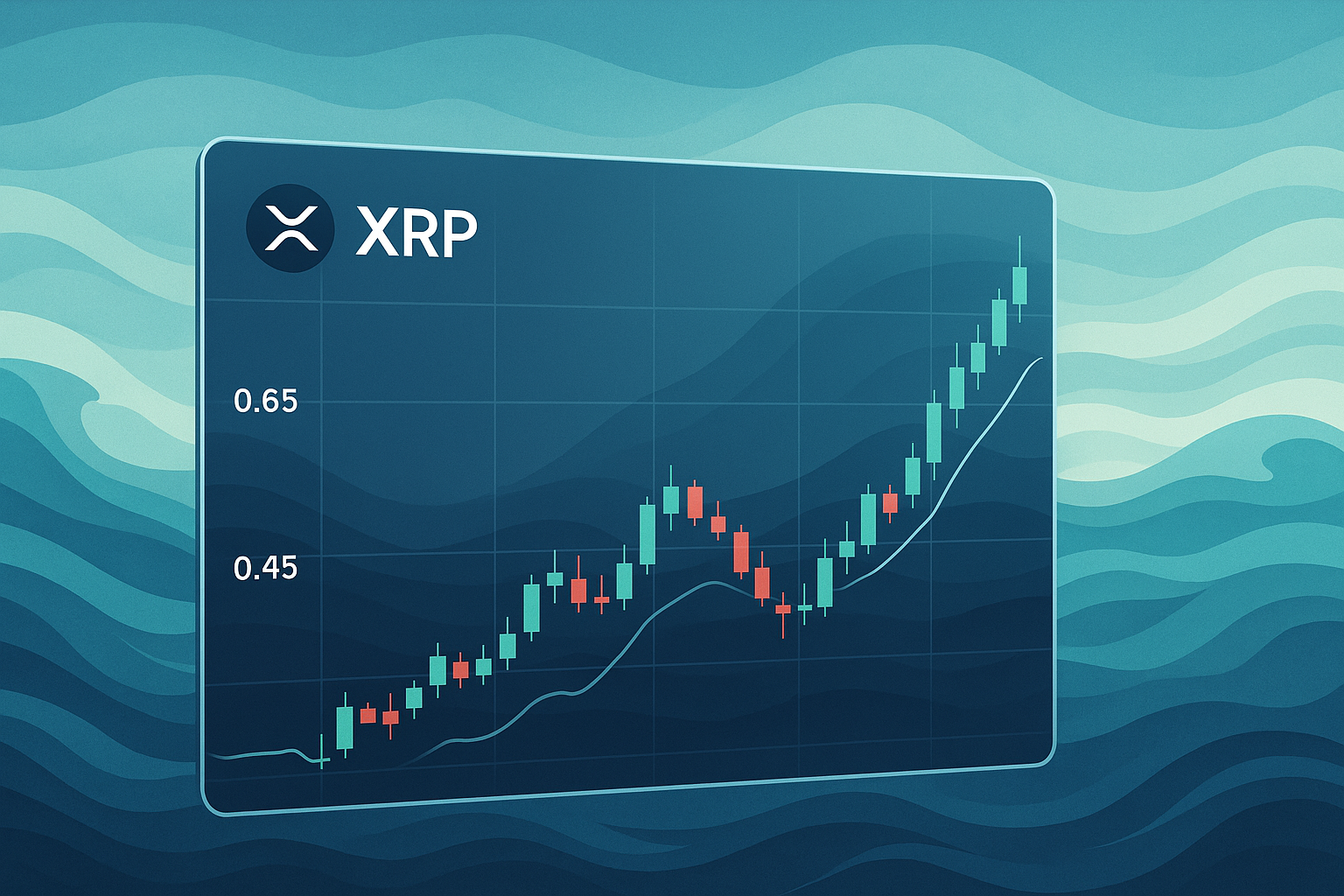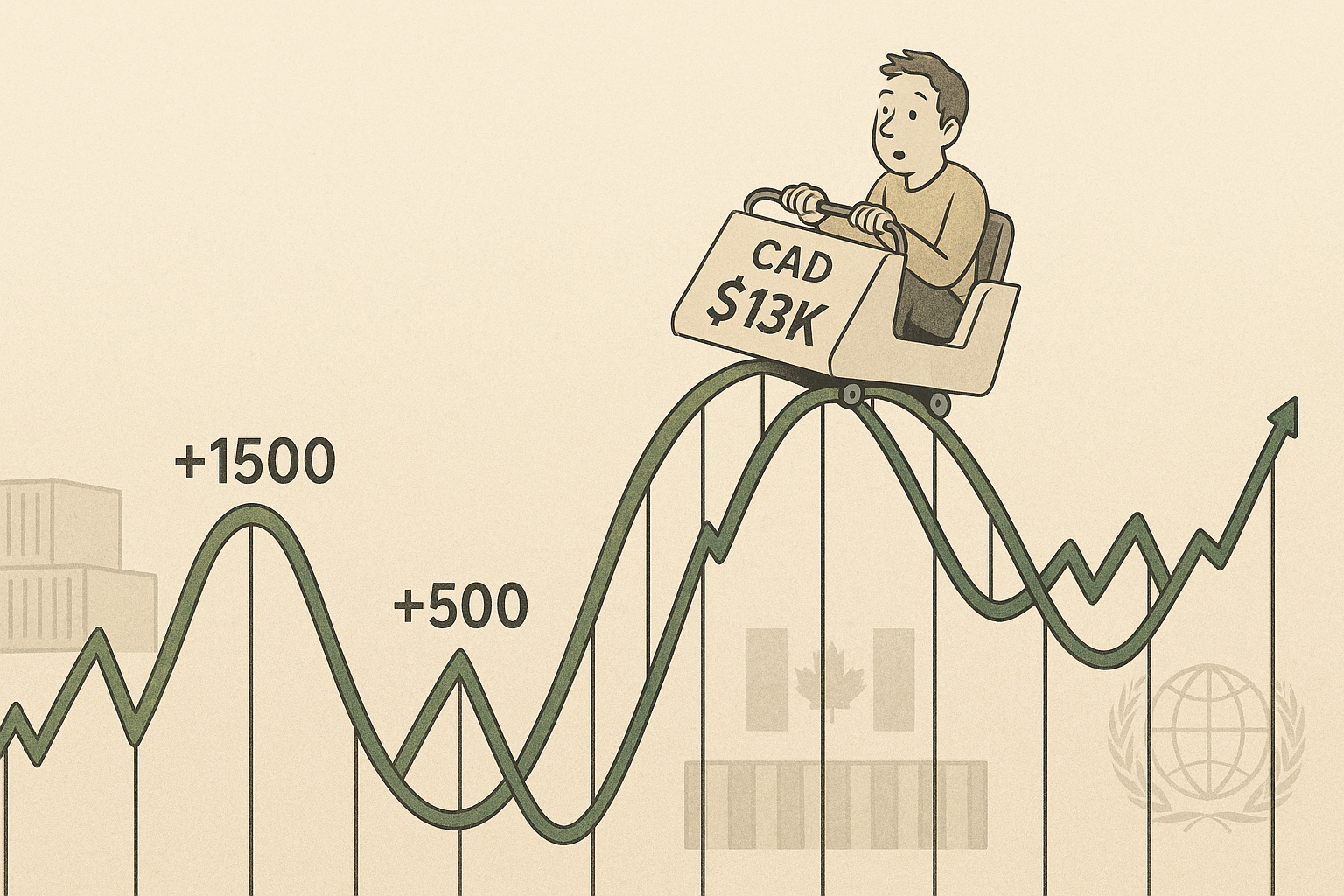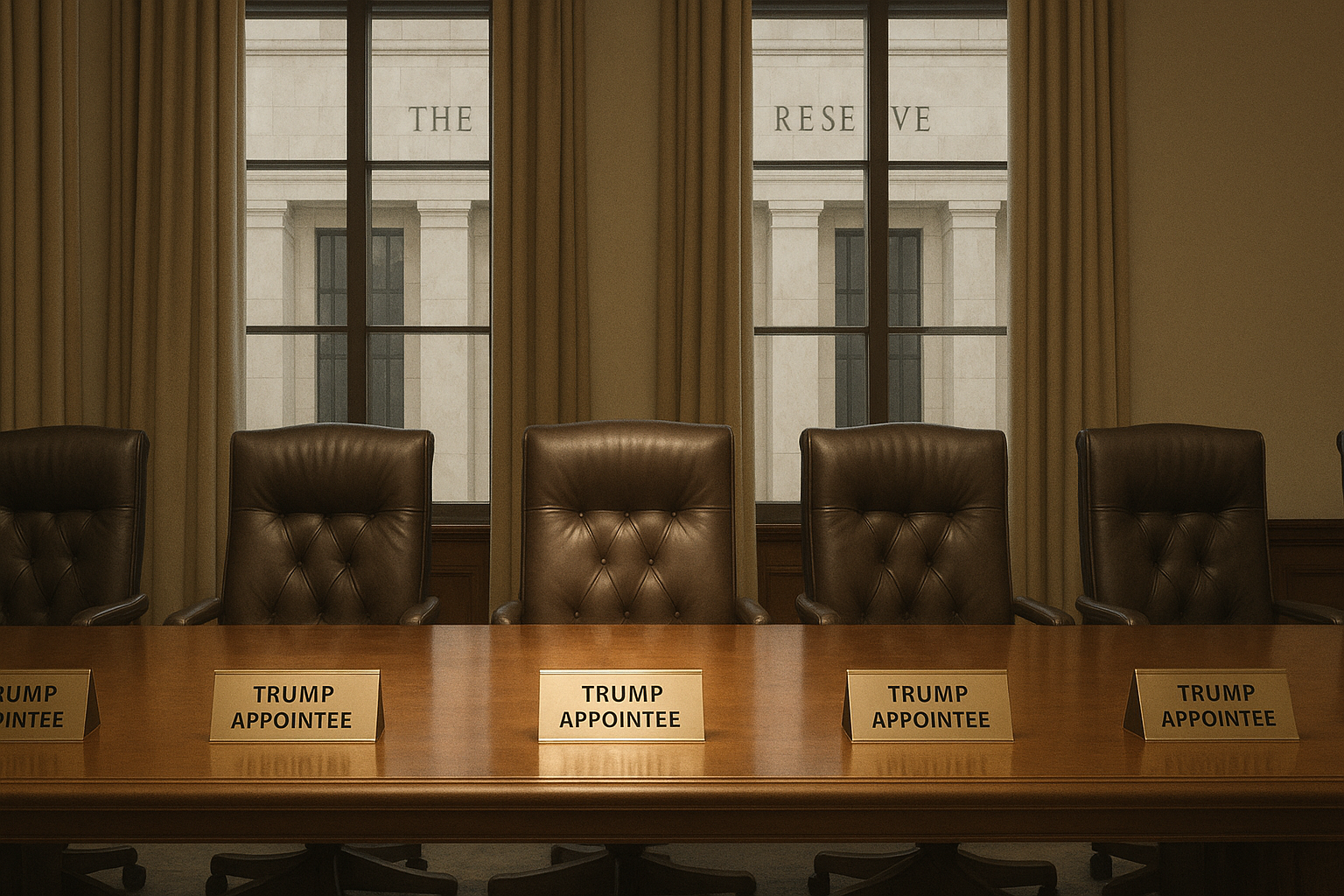Something truly bizarre unfolded in Washington this week. The administration announced plans to slap tariffs on 150 small countries through a single notification process. One letter. One hundred and fifty countries. It's basically the diplomatic equivalent of breaking up with someone via mass text.
You've got to admire the efficiency, I suppose. Why bother with the tedious work of crafting individual trade policies when you can just hit everyone with the same economic penalty? I imagine some White House staffer getting a promotion for discovering the "mail merge" feature after pulling an all-nighter.
But here's what's really striking—and what I've been puzzling over since the announcement: We're already living in a high-tariff environment. The current effective tariff rate hovers around 20%. Twenty percent! Just a few years back, that figure would have seemed outlandish.
Think about what that means in practical terms. This isn't some minor tweak to trade policy; it's taking a wrecking ball to decades of established global commerce. And yet... markets keep climbing, seemingly unfazed by the supply chain havoc and profit margin nightmares that inevitably follow such policies.
I've started thinking about this disconnect through what I call the "slow-boiling frog" theory of market awareness. Markets don't completely ignore reality—they just take their sweet time fully processing it, especially when changes happen bit by bit. These tariffs didn't arrive in one massive wave; they accumulated gradually across different industries and trading partners. Each announcement caused a day of jitters before everyone collectively shrugged and moved on.
Reminds me of 2007. Remember that? Housing market problems were plainly visible, but largely dismissed until they became impossible to ignore. Back then, the mantra was "housing prices always go up." Today's equivalent delusion? "Stocks always go up."
Look, I'm not suggesting anyone panic-sell their portfolio or try timing the market. That's fool's gold, and I've watched too many smart people get burned chasing it.
But there's something deeply odd about how we're collectively processing this tariff situation.
The thing is, markets can float detached from economic fundamentals for surprisingly long stretches. Eventually, though, gravity wins. When 20% of the value of traded goods gets artificially tacked on as a tax—and potentially more for those 150 countries soon—that money doesn't materialize from thin air. It comes from somewhere. Corporate profits. Consumer wallets. Usually both.
The warning lights are already blinking. Consumer spending's softening. Inflation's creeping back up in certain sectors. Companies are quietly revising guidance downward (though they'll bury that on page 37 of the quarterly report). Yet the market response has been... well, a collective yawn.
Why? Part of it, I suspect, is simple conditioning. After a decade-plus bull market (interrupted only by that brief pandemic panic), we've been trained like Pavlov's dogs to believe markets only go up. Every dip becomes a buying opportunity. Every warning sign gets dismissed as background noise.
History tells a different story. Markets don't only go up, no matter what that 22-year-old with 2 million TikTok followers might claim while pushing his investment course. The current tariff regime represents a fundamental restructuring of global trade, not some minor policy adjustment.
I'm not predicting doom tomorrow. Markets have surprised us with their resilience before—I've been covering economic policy long enough to have egg on my face from previous predictions. But I am suggesting that the casual dismissal of a 20% average tariff rate reflects a troubling complacency.
Perhaps the most telling aspect is how thoroughly normalized these tariff levels have become. What would've been considered radical economic policy a decade ago barely merits a headline now, unless it involves a comically efficient method of implementation.
So while the White House may have found a way to save on postage with its one-letter approach to trade policy, investors might want to spend a bit more time considering what a high-tariff world actually means for their portfolios. Because markets can ignore reality for quite a while, but reality? It has this annoying habit of eventually making itself impossible to ignore.



